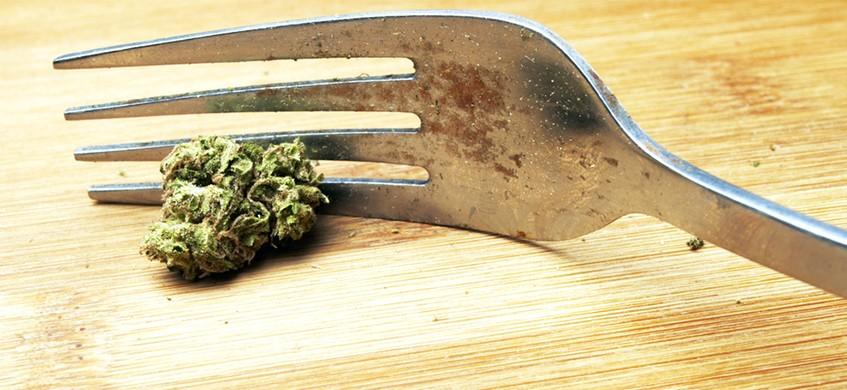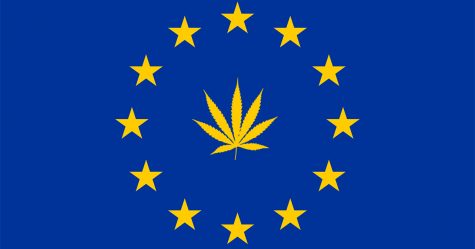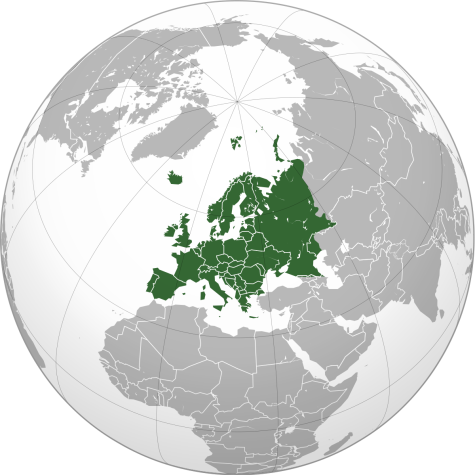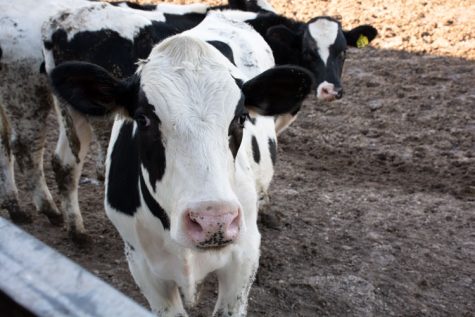Scientists believe cannabis could be a long-lost food group
Mother Nature has given the planet’s inhabitants an incredibly diverse variation of nutrient-rich ingredients, with the Cannabis sativa plant species being just one of them. Contrary to popular belief, cannabis consumers need not smoke their green buds to experience the health-amplifying effects, with ongoing research constantly drawing attention to cannabis edibles for their potent medical powers.
This isn’t the first time cannabis has been spotlighted as a nutritional powerhouse. Members of the human race have been using the herb for 10,000 years. Archaeological evidence reveals how the world’s most ancient crop was discovered in Eurasia-wide tombs before 2500 B.C.E. Dating back to the Neolithic era, cannabis consumption was prominent in various ancient cultures.
Botany Professor at University of Hawaii, Mark D. Merlin, and International Hemp Association Project Manager, Robert Clarke, support these claims, leaving people to ask the question,
“Why did the human race stop considering cannabis a food group?”
Female cannabis plants consist of oil-dense seeds and fiber-rich stalks, which contain medicinal compounds that have been deemed a “therapeutic agent” for the treatment of paediatric health conditions. Don’t be fooled into thinking that today’s Westerners are consuming the herb as our predecessors did, however. From its early beginnings in China, Europe and South Africa, all the way to the first-known incidents of hashish smoking in 16th century Colombia, cannabis (and hashish) was usually consumed orally, inhaled or applied topically during the preceding millennia.
Information has come to light affirming how medical experts were known to use cannabis tinctures in the Victorian period to treat patients, including Queen Victoria of England. Despite this, a ruling at the beginning of the 1900s prohibited production of the plant, preventing people from legally acquiring cannabis as a food and medicine. Since it is possible for a consumer to experience unwanted side-effects when they eat too many cannabis-infused edibles, it’s not overly surprising that cannabis cultivation was prohibited in the past.
Traditionally, our ancient ancestors would not heat cannabis to create edibles, meaning that the THC content was significantly lower than it is in today’s products, such as Sativa Dark Chocolate from Hashman Infused and Waska Medical Cannabis Cookies and Cream Hemp Milk from Chocowaska. Scientists Merlin and Clark claim that, once upon a time, humans stumbled upon the medical ability of the cannabis plant upon gathering the seed. It is this special seed that Charlotte’s Web CBD Oil is extracted from, not to mention the many other CBD oils on the market today.
When consumed, cannabis produces phytochemicals known to relieve stress. The psychoactive compound Tetrahydrocannabinol (THC) and non-psychoactive compound Cannabidiol (CBD) are two powerful chemical compounds present in the leafy plant, THC of which is responsible for making the user feel “stoned” and CBD being the medicinal compound that acts on the body’s naturally-occurring cannabinoid receptors.
Considering the fact that no other plant on the planet has a nutritional profile that matches up with that of the cannabis plant, there is no wonder why scientists are recommending the herb as a welcome addition to a balanced diet.









